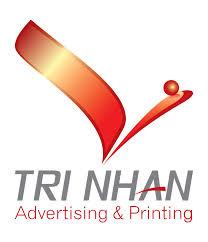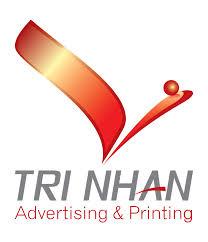The caprylyl glycol market is poised for sustained growth over the next decade, fueled by increasing demand for multifunctional, safe, and sustainable cosmetic and personal care ingredients. Caprylyl glycol’s dual role as an antimicrobial agent and humectant makes it a critical component in formulations aimed at enhancing product shelf life while providing skin hydration. Rising consumer awareness about ingredient safety, coupled with the growing trend of clean and natural beauty products, is creating new opportunities for manufacturers worldwide.
According to the latest caprylyl glycol industry projection, the market is expected to grow steadily through 2035, supported by robust adoption in skincare, haircare, deodorants, and hygiene products. The trend toward preservative-free and hypoallergenic formulations is driving widespread use of caprylyl glycol, particularly in regions with high consumer sensitivity to synthetic chemicals. Its compatibility with a wide range of formulations and ability to improve product stability are key factors influencing market expansion.
The Asia-Pacific region is emerging as a key growth driver, owing to rising urbanization, higher disposable incomes, and an expanding middle class. Countries like China, Japan, South Korea, and India are witnessing increased demand for premium and natural personal care products, creating lucrative opportunities for caprylyl glycol suppliers. Similarly, North America and Europe maintain a significant market share due to established cosmetic industries, high regulatory standards, and strong consumer preference for innovative skincare and hygiene solutions.
Innovation in product formulation is also central to industry growth. Manufacturers are exploring combinations of caprylyl glycol with other natural preservatives and bio-based ingredients to enhance product efficacy and meet regulatory requirements. Furthermore, advancements in biotechnology are enabling the production of high-purity, bio-derived caprylyl glycol, which aligns with sustainability goals and consumer demand for environmentally friendly products.
Key market players are actively expanding their production capacities, investing in R&D, and forming strategic partnerships to tap into new regional markets. Distribution networks are being strengthened through collaborations with local suppliers and e-commerce platforms, allowing companies to reach both mainstream and niche consumers efficiently. This focus on global expansion and product diversification will continue to drive growth in the coming years.
Challenges such as raw material price volatility and stringent regulatory compliance in certain regions exist, but these are being mitigated by technological innovation and efficient supply chain management. Additionally, growing awareness among consumers about ingredient transparency and product efficacy is encouraging brands to adopt caprylyl glycol in both mass-market and premium formulations.
In conclusion, the caprylyl glycol market projection suggests a favorable growth trajectory through 2035, driven by rising adoption in personal care and cosmetic products, technological advancements, and sustainable manufacturing practices. As global consumers continue to seek safer, multifunctional, and environmentally responsible ingredients, caprylyl glycol is expected to remain a critical component in product innovation and market expansion strategies.
Browse More:
Solution Styrene Butadiene Rubber S Sbr Market Share
Starch Blended Biodegradable Polymer Market Growth
Synthetic Detergents Market Analysis
Ultraviolet Stabilizers Market Trends


